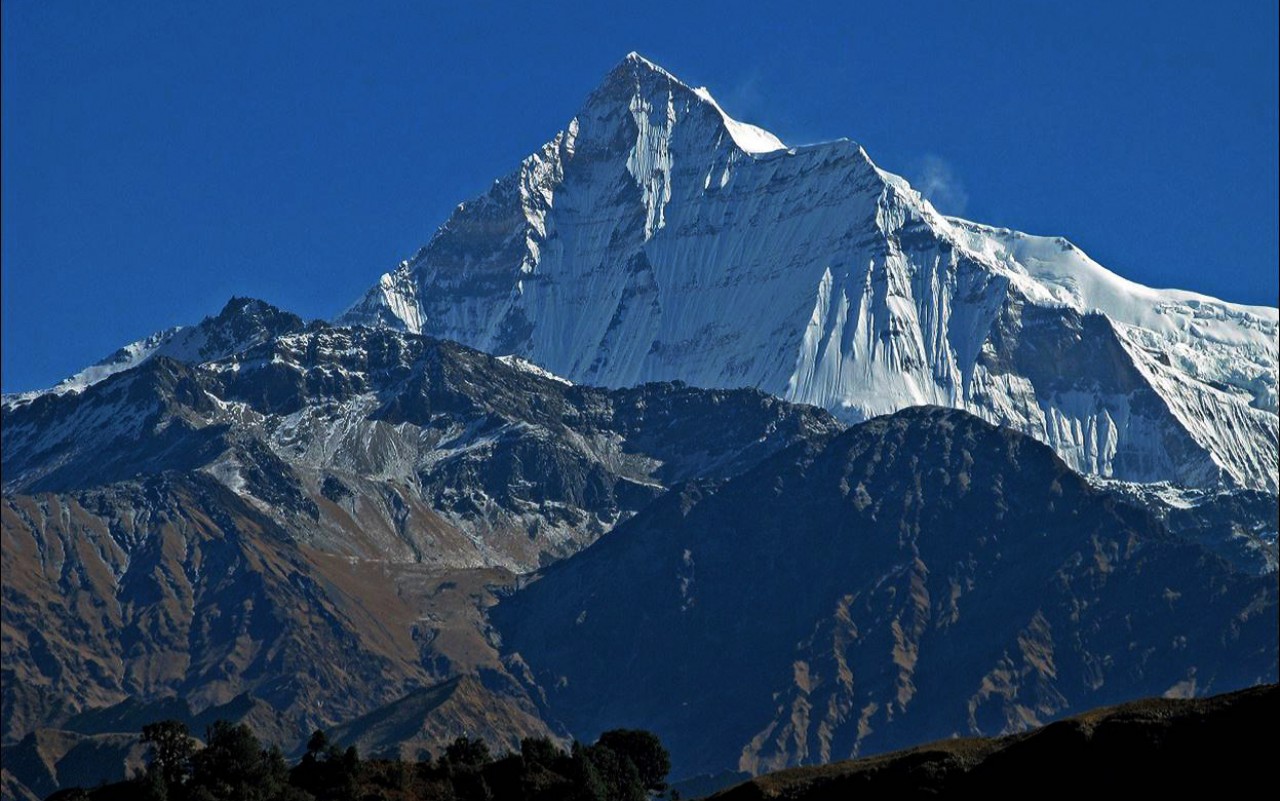The Other Trekkings Regions mainly include Dolpo and Kanchenjunga Region other than Everest, Annapurna, Langtang, Dhaulagiri, Manaslu. The Dolpo region, located in the remote northwest of Nepal, is a hidden gem known for its rugged landscapes, ancient Buddhist culture, and unspoiled natural beauty. This area remains one of Nepal’s least accessible and least visited regions, offering a unique and serene trekking experience away from the crowded trails of the more popular regions. Dolpo is characterized by its arid, high-altitude terrain, reminiscent of the Tibetan Plateau. The region is part of the Shey Phoksundo National Park, the largest national park in…
The Other Trekkings Regions mainly include Dolpo and Kanchenjunga Region other than Everest, Annapurna, Langtang, Dhaulagiri, Manaslu.
The Dolpo region, located in the remote northwest of Nepal, is a hidden gem known for its rugged landscapes, ancient Buddhist culture, and unspoiled natural beauty. This area remains one of Nepal’s least accessible and least visited regions, offering a unique and serene trekking experience away from the crowded trails of the more popular regions.
Dolpo is characterized by its arid, high-altitude terrain, reminiscent of the Tibetan Plateau. The region is part of the Shey Phoksundo National Park, the largest national park in Nepal, which is home to a diverse range of wildlife, including the elusive snow leopard, blue sheep, and Himalayan marmot. This trek also includes a visit to Phoksundo Lake and passes through lush forests, high-altitude deserts, and traditional villages.
The Upper Dolpo Trek is a challenging yet rewarding journey that takes trekkers through some of the most remote and culturally rich areas of Nepal. The trek typically begins in Juphal and passes through traditional villages such as Dunai, Tarakot, and Dho Tarap, where trekkers can experience the unique culture and lifestyle of the Dolpo-pa people.Visitors can explore centuries-old monasteries like Shey Gompa and Yangze Gompa, adorned with intricate murals and statues.
One of the highlights of the trek is crossing high mountain passes such as the Numa La (5,190 meters) and Baga La (5,070 meters), which offer breathtaking panoramic views of the surrounding peaks and valleys. The trek also provides a rare glimpse into the Bon religion, an ancient shamanistic faith that predates Buddhism in the region.
The Kanchenjunga region, named after Mount Kanchenjunga, the third highest peak in the world at 8,586 meters, is a remote and pristine area in the eastern Himalayas of Nepal. Renowned for its rugged beauty, diverse ecosystems, and rich cultural heritage, this region offers an extraordinary experience for trekkers and adventurers seeking solitude and raw natural landscapes.
The Kanchenjunga Base Camp Trek is the most popular route in this region, often described as one of Nepal’s most challenging and rewarding treks. This trek takes you through a variety of landscapes, from subtropical forests and lush valleys to alpine meadows and glacial moraine. The journey begins in the town of Taplejung, accessible by a flight from Kathmandu to Suketar followed by a drive. The northern base camp at Pangpema offers stunning views of the massive Kanchenjunga massif, while the southern base camp at Oktang provides close-up views of the Yalung Glacier and dramatic south face of the peak. Trekkers pass through traditional villages such as Mitlung, Chirwa, and Ghunsa, where they can experience the warm hospitality of the local Limbu, Sherpa, and Rai communities. The trail between these camps includes crossing the challenging Sele La Pass at 4,290 meters, which presents trekkers with breathtaking panoramas of the surrounding peaks and valleys.
Culturally, the region is a melting pot of ethnic groups, including the Limbu, Sherpa, Rai, and Tibetan communities. Trekkers can visit ancient monasteries, observe traditional festivals, and learn about the unique customs and lifestyles of the local people.

Churen Himal Trekking

Dhorpatan Area Trekking

Chaubas Hill and Timal Danda Trekking
 Kanchenjunga Base Camp Trek
Kanchenjunga Base Camp Trek
Kanchenjunga Trek

Bhairab Kunda Trekking

Bhairav Kunda Trek







